After the release of Mobile Suit Gundam F91 (1991), the next logical step in bringing new life to the then-flagging Gundam franchise was a proper return to TV screens. The actual result, Mobile Suit Victory Gundam (1993-94), remains as haunting as it is controversial. In many respects, it is director and saga creator Yoshiyuki Tomino’s Evangelion moment: a tumultuous victim of the saga’s success, its legacy still reverberating into the present.
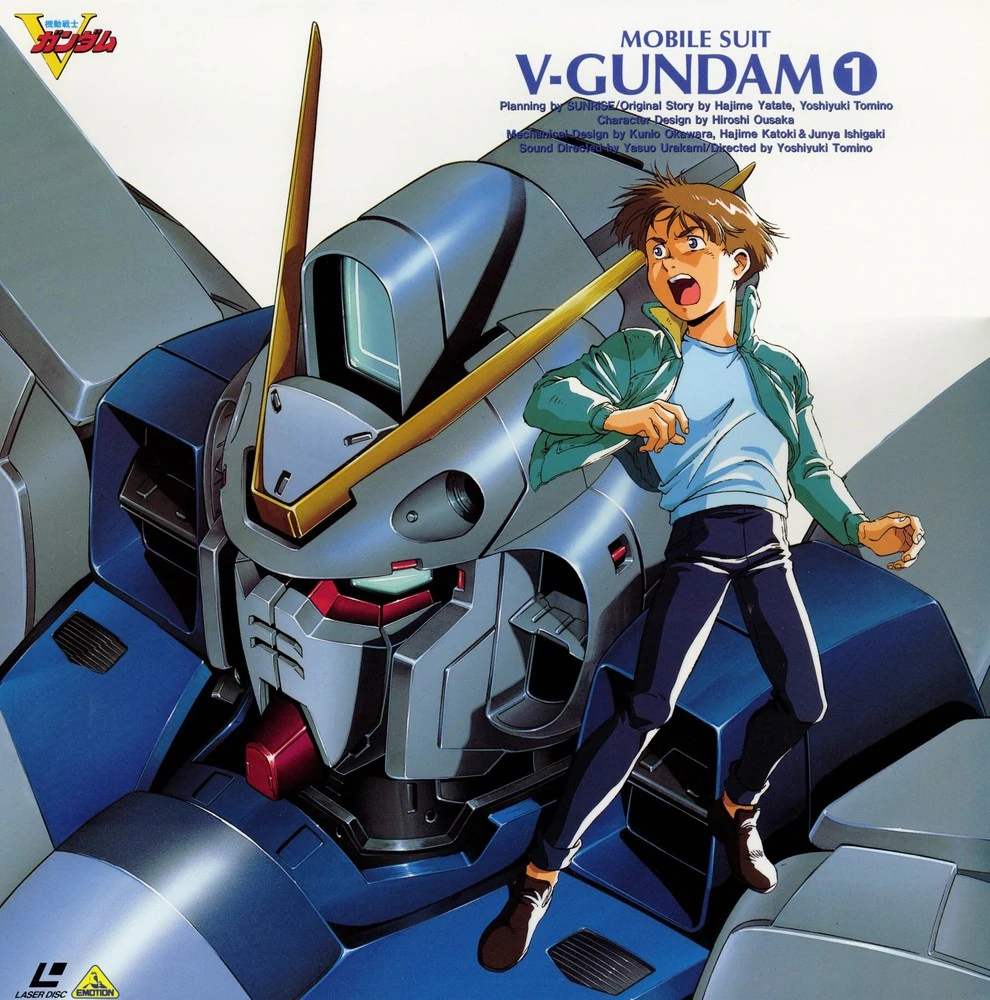
The 51-episode series had barely been conceptualized when Bandai started the process of acquiring Sunrise. This would mark the start of a turbulent production. This, in turn, coincided with Tomino’s bouts of depression, which infamously helped give him the nickname “Kill ‘Em All Tomino”, sinking to a deep nadir. With how it came out, you’d be forgiven for thinking that he was actively trying to destroy the very thing he created.
The anime’s other claim to infamy is its deceptively upbeat openings, which tend to be better animated than the rest of the show. (Source: YouTube)
That being said, is Victory still worth checking out now, warts and all? Enough time’s passed that another look is long overdue.
Standing Up to the Victory
Set further down the Universal Century timeline, Victory puts you into the unfamiliar landscape of UC 0153. The space colonies are at the mercy of Side 2’s Zanscare Empire, an absolute monarchy that has set its eyes on bringing Earth itself under its rule. With the Earth Federation weakened by decades of chaos, the planet’s defense has largely been left to a ragtag militia called the League Militaire. It’s into this quagmire that 13-year own Uso Ewin (Daisuke Sakaguchi) and Newtype childhood friend Shakti Kareen (Yumi Kuroda) find their lives disruptively plunged by the invasion. Together with the rebels’ all-female Shrike Team and equipped with the titular LM312V04 Victory Gundam developed by his parents, the young boy sets off to bring an end to the madness… only for the horrid reality of the situation to set in.
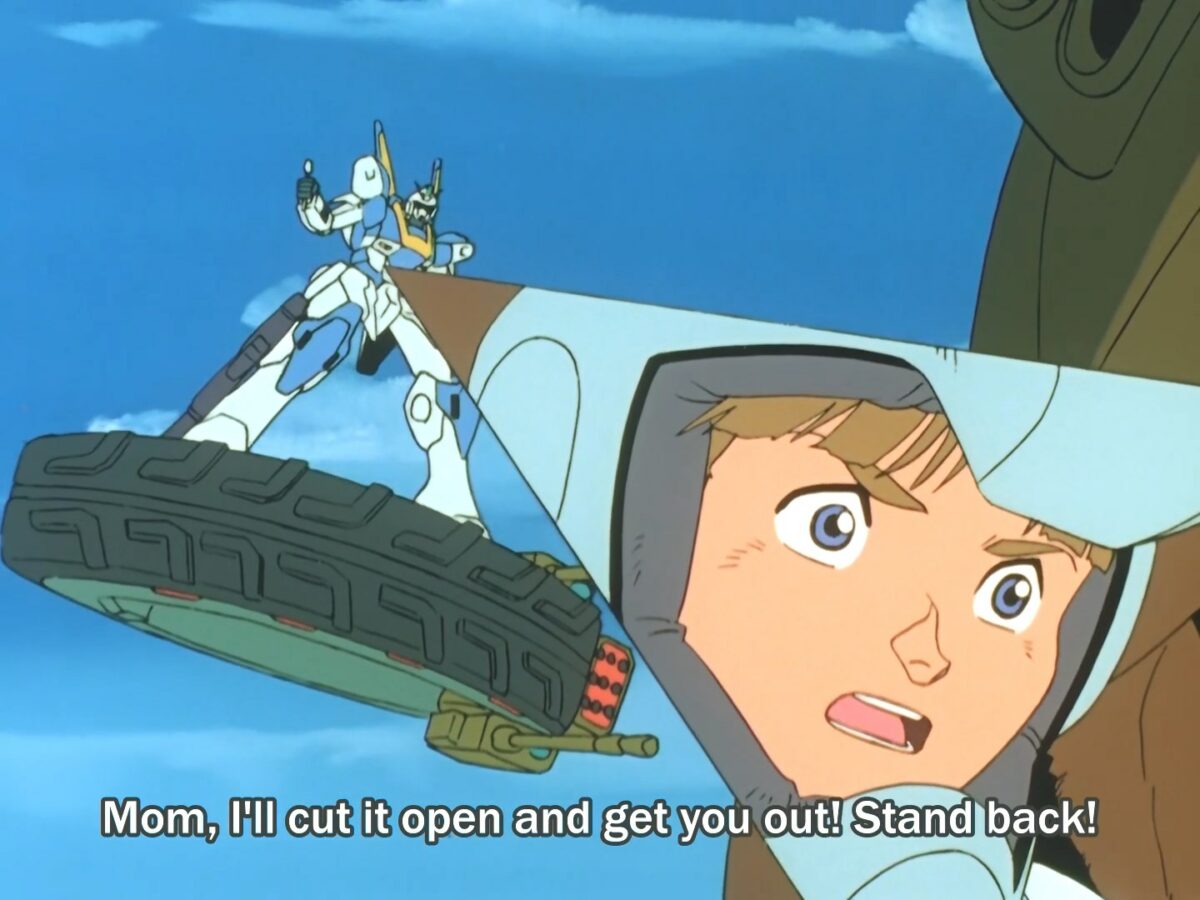
Putting aside how enough time’s passed since the One Year War that there are no returning characters and few continuity nods to earlier UC entries, the anime manages to be incredibly grim, even compared to the darker-and-edgier Zeta Gundam (1985-86). Despite being the “good guys”, the otherwise heroic League isn’t above underhanded tactics or having its members thrown into the firing line by what’s left of the Federation (and Anaheim Electronics) if it means getting the upper hand. The villainous Zanscare Empire and its BESPA soldiers are much worse, almost entirely comprised of either apathetic opportunists who see nothing wrong with using guillotines on their enemies, or brainwashed sociopaths blasting and running over hapless civilians. Compared to them, it almost makes Gihren Zabi look principled.
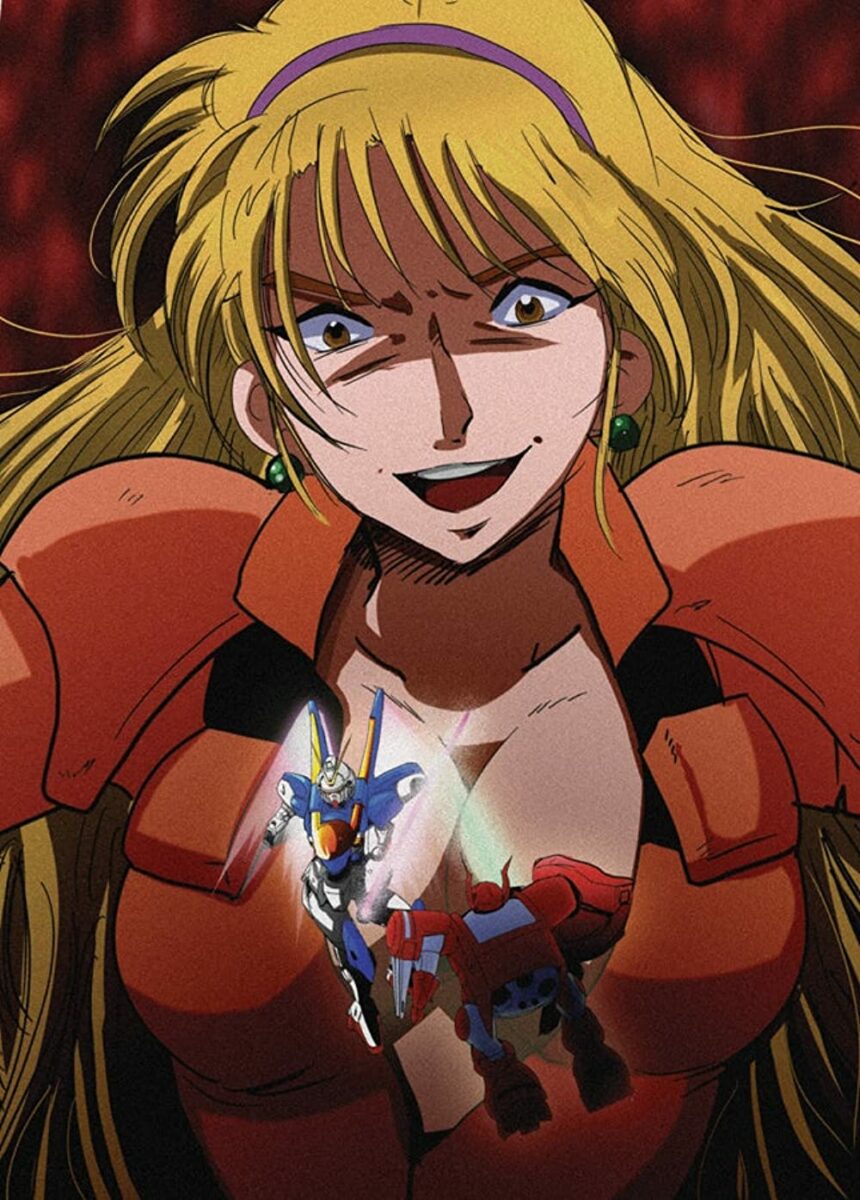
This nigh-nihilistic tone is pervasive throughout the series’ run. More than a few characters Uso encounters during the war come off as being on-edge, mean-spirited, or on the brink of a PTSD-induced breakdown. With how many brutal deaths and pointless sacrifices are shown on-screen — especially when it comes to the competent-on-paper Shrike Team, crew of the White Base-esque ship Reinforce, and even the anticlimactic demise of Char-clone Chronicle Asher (Tomoyuki Dan) — you’d be forgiven for thinking that whole plotlines exists just to break the protagonists. It’s not even getting to the inhumane purpose of Zanscare’s “Angel Halo” or how former friend and second Char-clone Katejina Loos (Kumiko Watanabe) eventually gains a kill count on par with her rapidly dwindling sanity. By the end, it’s almost miraculous that the poor hero doesn’t go catatonic from all that.
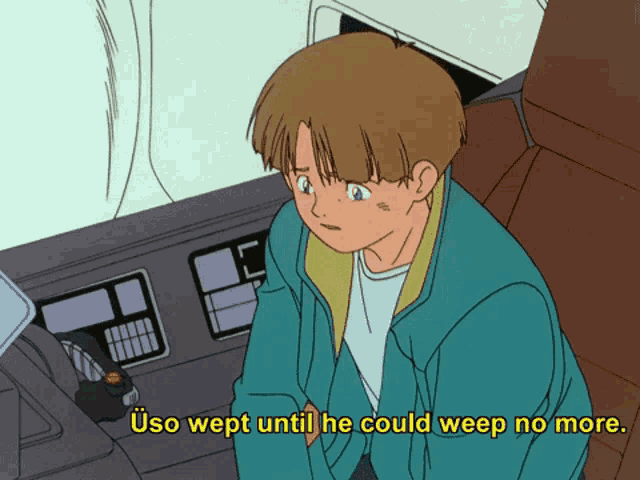
Much of this could be attributed to a similar deterioration both in Tomino’s state of mind and his relationship with Sunrise and Bandai. Faced with constant meddling and unreasonable demands, be it having the titular mobile suit show up in the first episode (despite not making narrative sense) or including gimmicky concepts to further appeal to younger demographics, he finally snapped. He’d come to resent just about everything as the series progressed, from the mecha designs to his own creative decisions. This would go far to explain why the show came out the way it did, as well as the more bizarre mood shifts, most infamously the scenes where Uso gets borderline molested by females both hero and villain.
This isn’t to say that it’s an utter trainwreck. The plot itself is still rather compelling in how it explores the costs involved in winning a war, and how Newtypes would be exploited to that end. When they’re not being tossed into the meatgrinder, the protagonists are generally likable enough to root for them through the insanity, while even the deranged Katejina can leave a lasting impression. Yet much like a certain Hideaki Anno a few years later, you could tell that Tomino had issues. His contempt over his own success, by that point, is on full display.
Carrying On
Victory‘s troubled production isn’t just confined to the director. The aforementioned rewrites and meddling had also done a number on Sunrise’s staff, as seen in the visuals. While the intro scenes and certain high-intensity moments are well-animated, the general quality is a noticeable step back from F91, with flatter colors and recycled frames aplenty. That being said, the art is still detailed and consistent enough to make even the more ludicrous designs on-screen genuinely intimidating. To say nothing of driving home, in classic “Kill ‘Em All” fashion, just how brutal the carnage can get, down to decapitated heads.
At its best, the anime shows utter madness, conveyed in classic Gundam fashion. (Source: YouTube)
Audio-wise, the anime still manages to deliver. The voicework is particularly strong throughout, as you could almost feel the horror as Uso and his friends confront the realities of war, all the while managing to (barely) preserve their humanity. The music, meanwhile, is a close contender, and not just because of how jarring some of it is. Whether it’s the upbeat “Stand Up to the Victory“, melancholy power ballads, or Senju Akira’s bittersweet orchestral pieces, the soundtrack effectively matches the grim stakes at hand, and holds up better than expected.
This didn’t stop the Victory from quickly gaining notoriety in Japan. While the anime still met the expectations of sponsors, many disliked how bleak and messy the end product turned out to be. The ensuing fallout led to Tomino secluding himself due to his worsening depression and handing de facto control of the franchise to Yasuhiro Imagawa, eventually resulting in Mobile Fighter G Gundam (1994-95). It also all but killed off major interest in the later UC eras until Mobile Suit Gundam Unicorn (2010-14) came to movie screens. Ironically enough, Anno lavished praise on the show in an interview with the director in 1994, which likely influenced the creation of Evangelion.
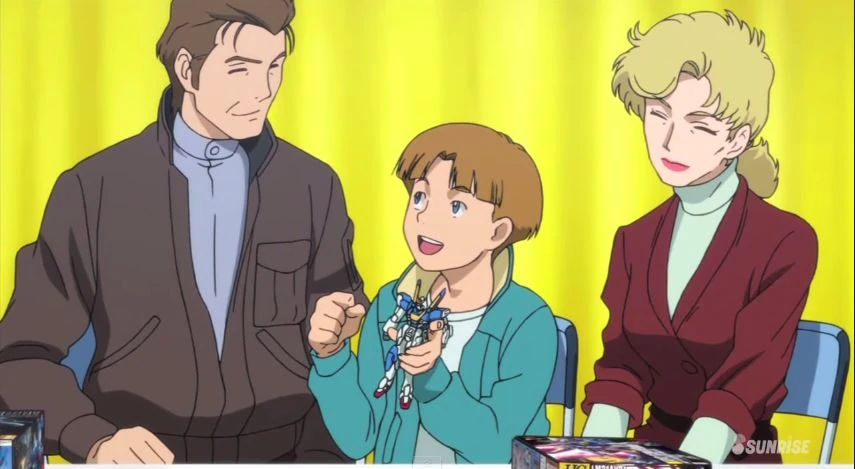
The show’s afterlife didn’t stop there, either. In addition to finally getting a localization in 2016, a number of manga adaptations and spin-offs have come out over the years, including a side story about Uso’s encounter with an elderly Judau Ashta from Mobile Suit Gundam ZZ (1986-87), and various video game appearances. With Sunrise and Bandai’s UC NexT 100 project shifting the timeline into the later years of the Universal Century, Victory once more looms over the horizon, making fans wonder whether it’ll be retooled or vanish altogether.
Among them is Tomino himself. Since returning to the franchise with Turn A Gundam (1999), his mental well-being has dramatically recovered, alongside his commitment to what he started. This also translated into deep regret over the anime’s bleak nihilism, even adding notes to the DVD and Blu-Ray releases calling for fans to disavow it completely. With the saga inching closer to that infamous work, maybe you’ll learn the truth soon enough.


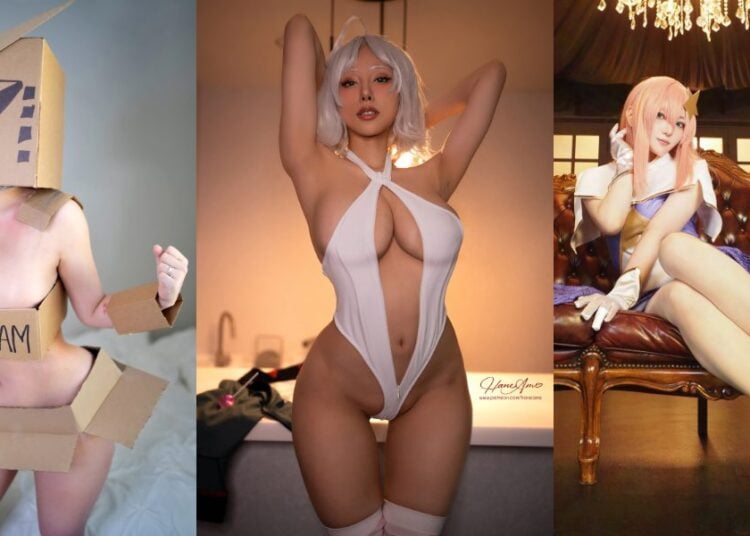





![Science Fell In Love, So I Tried To Prove It S2 Episode 12 [END] Kotonoha Ayame Hold Hands](https://blog.jlist.com/wp-content/uploads/2022/06/Science-Fell-in-Love-So-I-Tried-to-Prove-It-S2-Episode-12-END-Kotonoha-Ayame-Hold-Hands-75x75.jpg)






